
At over 130,000 miles per hour, a frozen object from another star system hurtles through the solar system and for only the third time in history, humanity has the opportunity to examine such an interstellar visitor directly. Designated 3I/ATLAS, this comet-like body has been the target of a never-before-seen multi-telescope effort, with NASA’s Hubble, James Webb Space Telescope (JWST), and the recently launched SPHEREx observatory in coordination trying to unravel its origin and makeup.
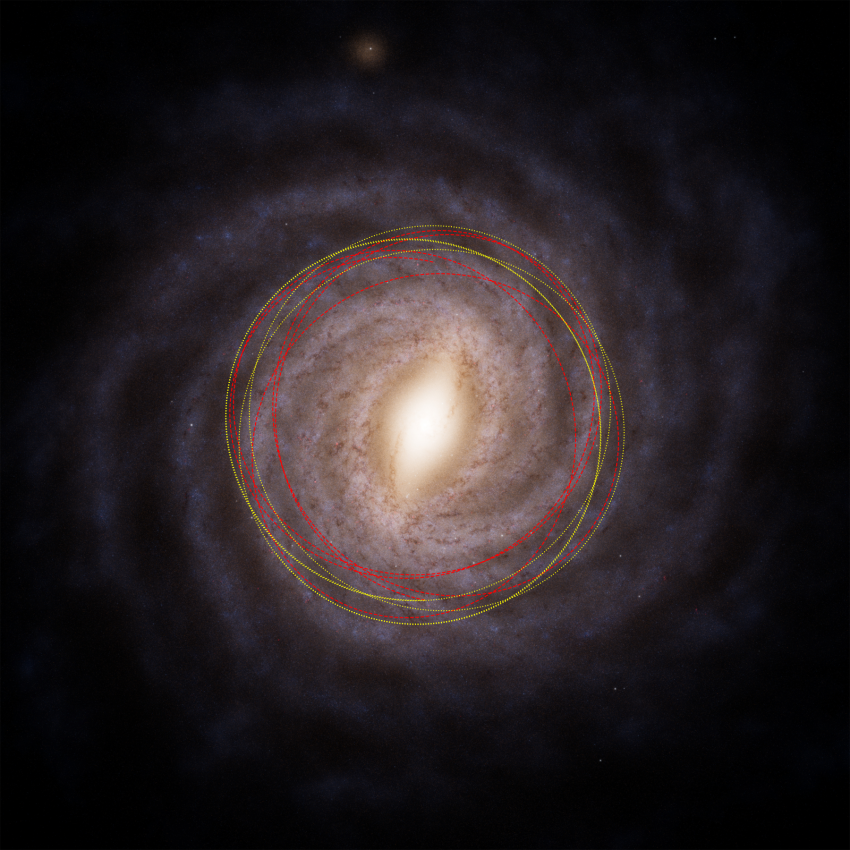
1. A Novel Interstellar Visitor
3I/ATLAS was initially discovered in July 2025 by the Asteroid Terrestrial-impact Last Alert System in Chile, funded by NASA. Follow-up observations verified its hyperbolic path, with an eccentricity of 6.2 significantly higher than the limit that keeps objects in the Sun’s gravity making it an interstellar object. Previous estimates placed its size at over 12 miles, but high-resolution Hubble imaging narrowed the radius of the nucleus to approximately 2.7 kilometers. Its speed, the highest ever measured for a solar system visitor, indicates an origin in the Milky Way’s thick disk, a region of the galaxy crowded with young stars and planetary systems.

2. Hubble’s First Glimpse
On July 21, Hubble took what NASA referred to as “the sharpest-ever picture” of 3I/ATLAS. The images showed a bright, unresolved nucleus surrounded by a diffuse coma, but no discernible dust or ion tail a rather dramatic omission for a comet. This initial data permitted astronomers to place limits on its size and to plan for dedicated spectroscopic investigation using infrared observatories.
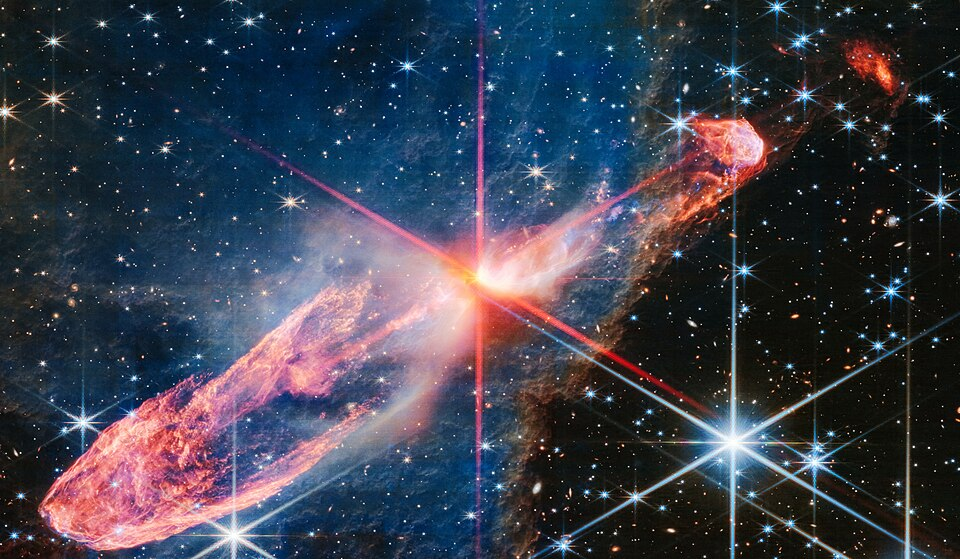
3. Webb’s Infrared Spectroscopy
JWST imaged 3I/ATLAS on 6 August with its Near-Infrared Spectrograph (NIRSpec) Integral Field Unit, offering spatially resolved spectroscopy at 0.1 arc-second resolution. The spectra showed a carbon dioxide gas-dominated coma with a small but measurably present amount of solid water ice and trace carbon monoxide. The H₂O to CO₂ ratio is one of the highest on record in a comet, which indicates that the object’s ices were either created near the CO₂ ice line in its parent protoplanetary disk or modified by long-term radiation bombardment during billions of years of travel through interstellar space.
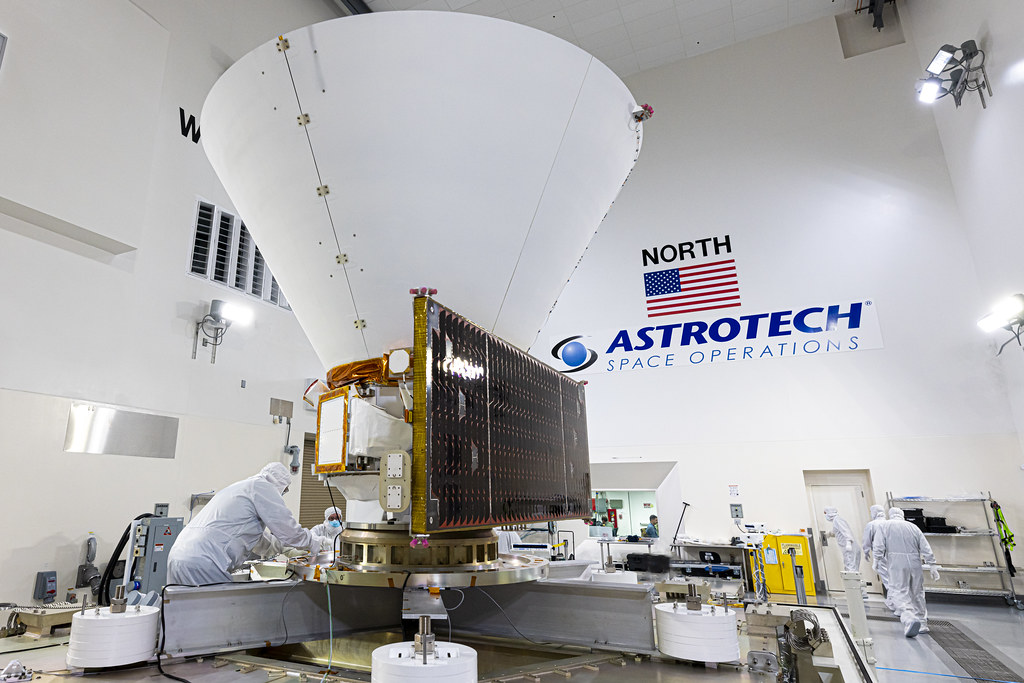
4. SPHEREx’s Wide-Field Insights
Between August 7 and 15, SPHEREx built mainly to survey 450 million galaxies in infrared light pointed its instruments at 3I/ATLAS. With less spatial resolution than Webb or Hubble, SPHEREx’s wide wavelength coverage enabled it to differentiate among water ice, carbon dioxide ice, and carbon monoxide ice. The measurements indicated an enormous CO₂ signature with no measurable water vapor and no carbon monoxide, that CO₂ sublimation is the dominant cause of the comet’s activity at its present distance of 3.2 astronomical units from the Sun.
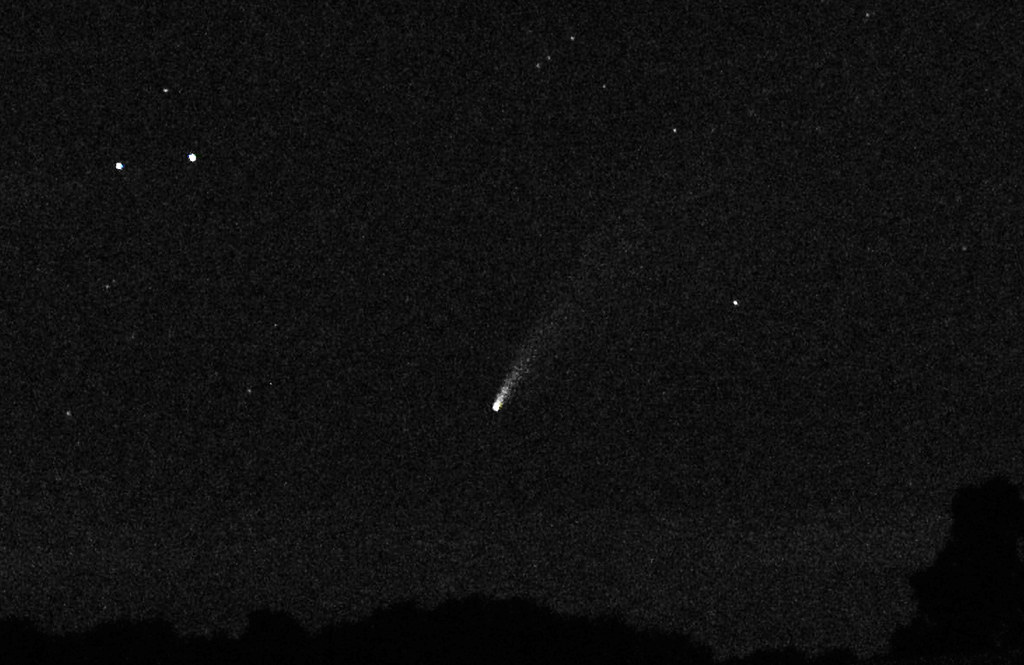
5. Outgassing Without a Tail
SPHEREx monitored the comet emitting some 940 trillion trillion CO₂ molecules every second, creating a smooth, long CO₂ coma instead of a classic dust-bearing tail. This activity is similar to that of Comet 103P/Hartley 2, a Kuiper Belt comet from our own solar system with intense CO₂ outgassing but little water vapor until much closer to the Sun. The analogy indicates that 3I/ATLAS could be an evolved comet whose more volatile ices, like carbon monoxide, sublimated away long ago.
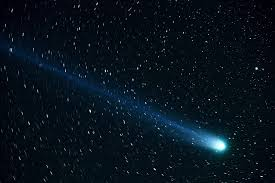
6. Clues to an Ancient Origin
Research suggests that 3I/ATLAS might be about 7 billion years old 3 billion years older than the solar system. Its makeup and state of erosion suggest it has had giga-spans of time hurtling between stars, slowly losing its most unstable elements. The high CO₂-to-H₂O ratio could be evidence of a rare origin or the result of cumulative interstellar radiation.
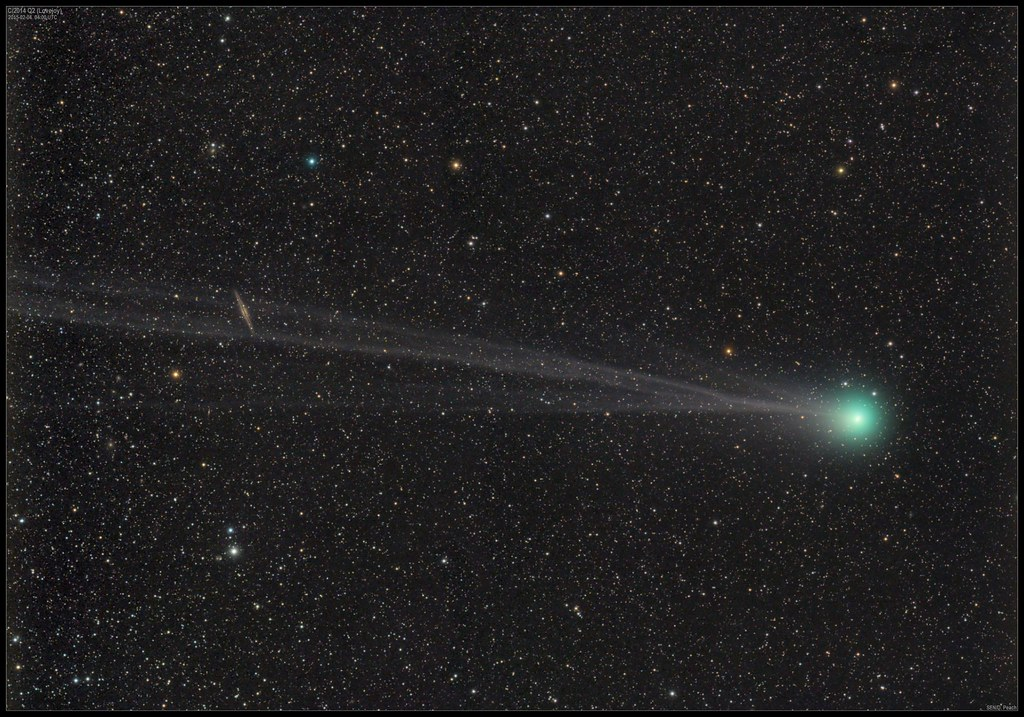
7. Debunking Alien Spacecraft Rumors
Public interest was piqued when a Harvard astrophysicist proposed that the object could be an extraterrestrial probe. Nevertheless, spectroscopic data from SPHEREx and JWST reveal a natural composition typical of cometary bodies. In the words of the researchers, “Our observations are compatible with an intrinsically CO₂-rich nucleus,” implicating origin in a planetary system and not technological production.
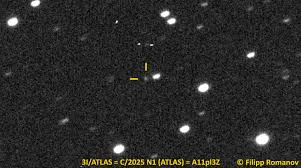
8. A Brief Window for Observation
3I/ATLAS will come to perihelion around October 30, coming within a distance of about 130 million miles of Earth. Sadly, Earth will be behind the Sun at the time, so direct observation will not be possible until November or December. Later, the comet will speed back into interstellar space, never to return.
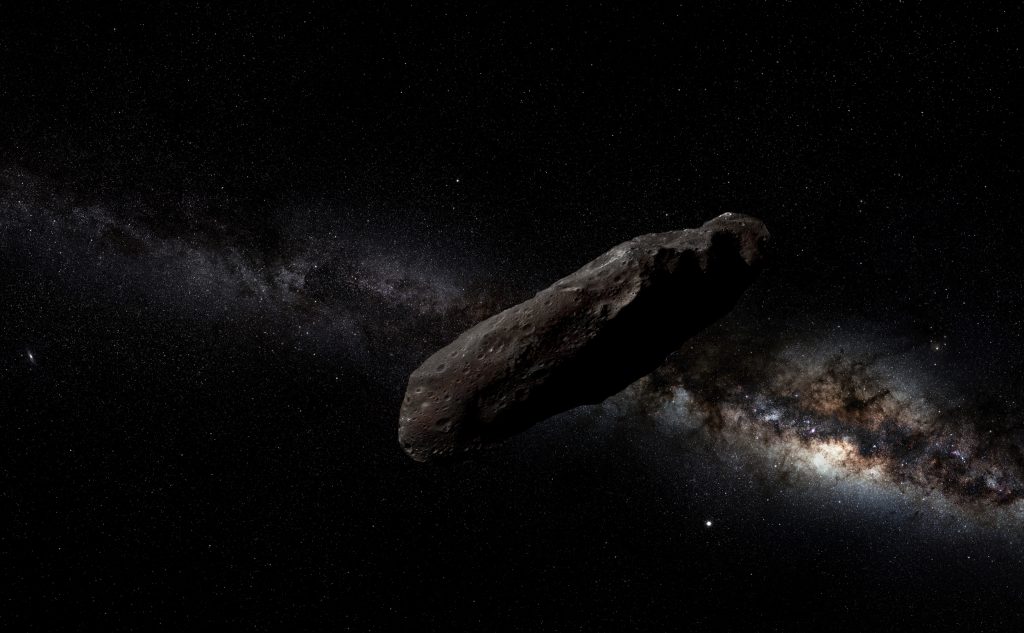
9. Enlarging the Catalog of Interstellar Visitors
Since only ‘Oumuamua in 2017 and Borisov in 2019 came before it, 3I/ATLAS presents the rare chance to investigate the constituents of far-off planetary systems. The simultaneous application of Hubble, JWST, and SPHEREx illustrates how multi-platform measurements can uncover both the physical makeup and chemical signatures of such objects, paving the way for future discoveries as new survey telescopes such as the Vera Rubin Observatory become active.
The information obtained through 3I/ATLAS will be a reference point for the knowledge about the variety of interstellar comets, their chemical development, and mechanisms that expel them from their native systems into outer space between the stars.


